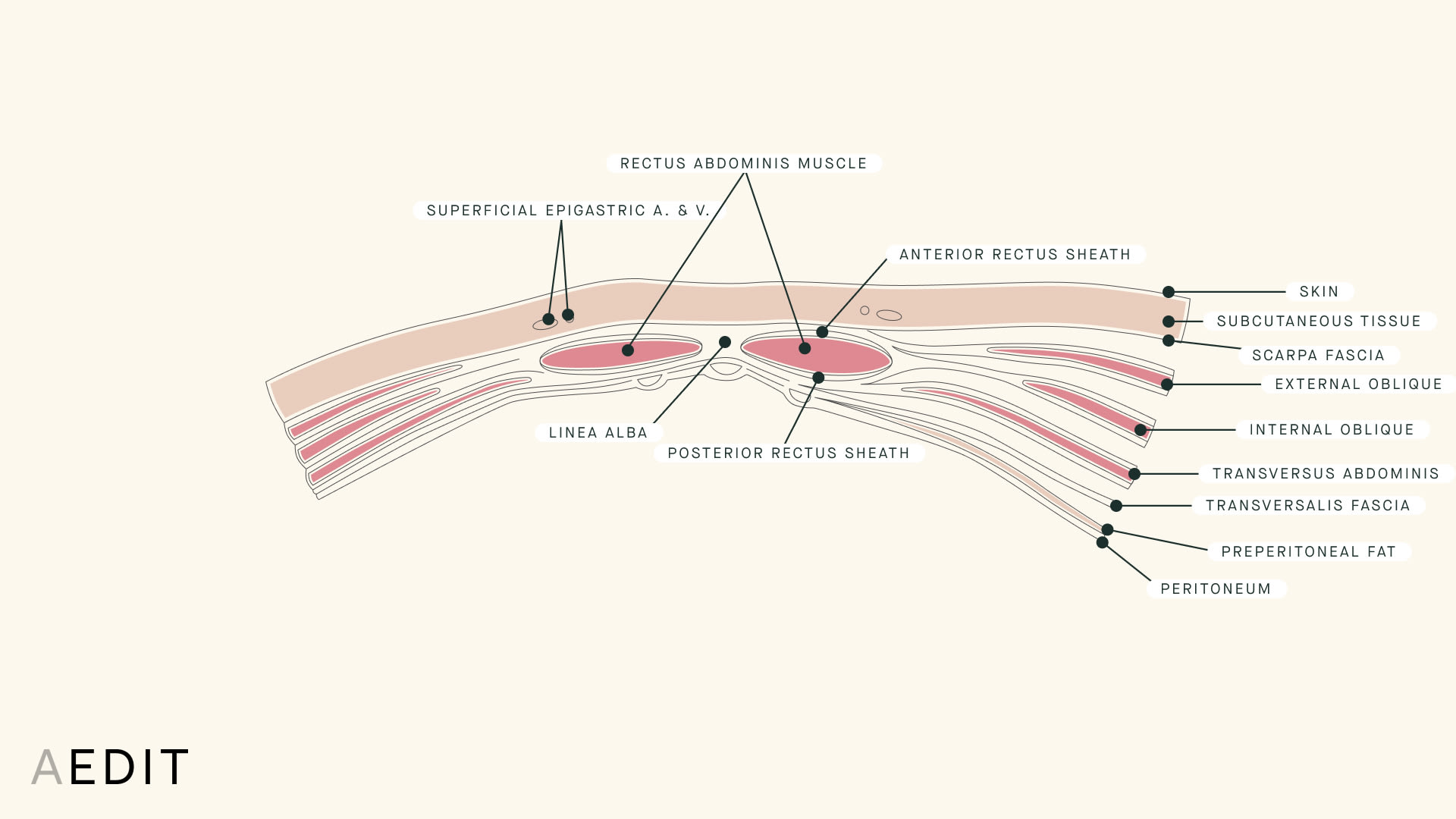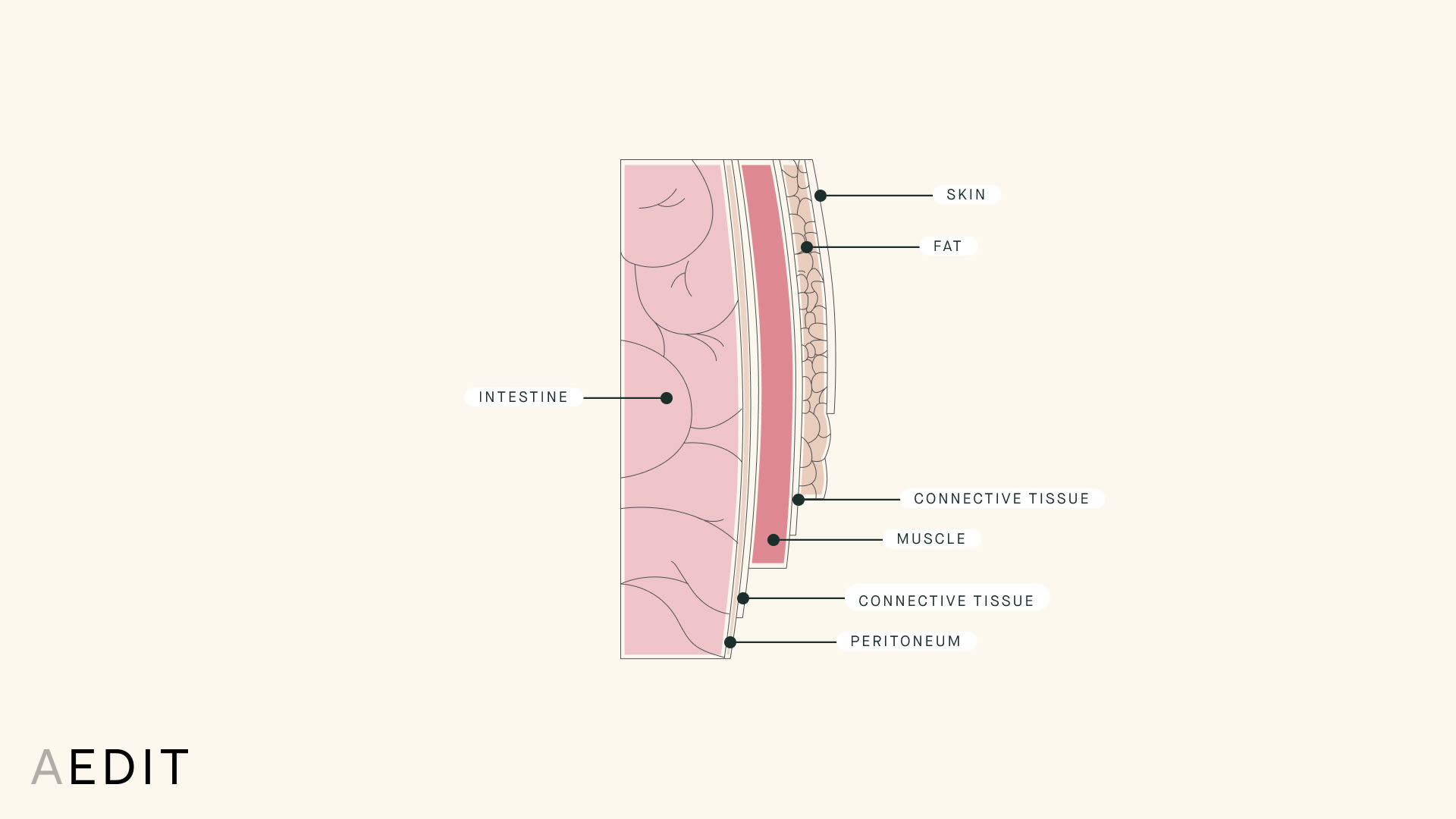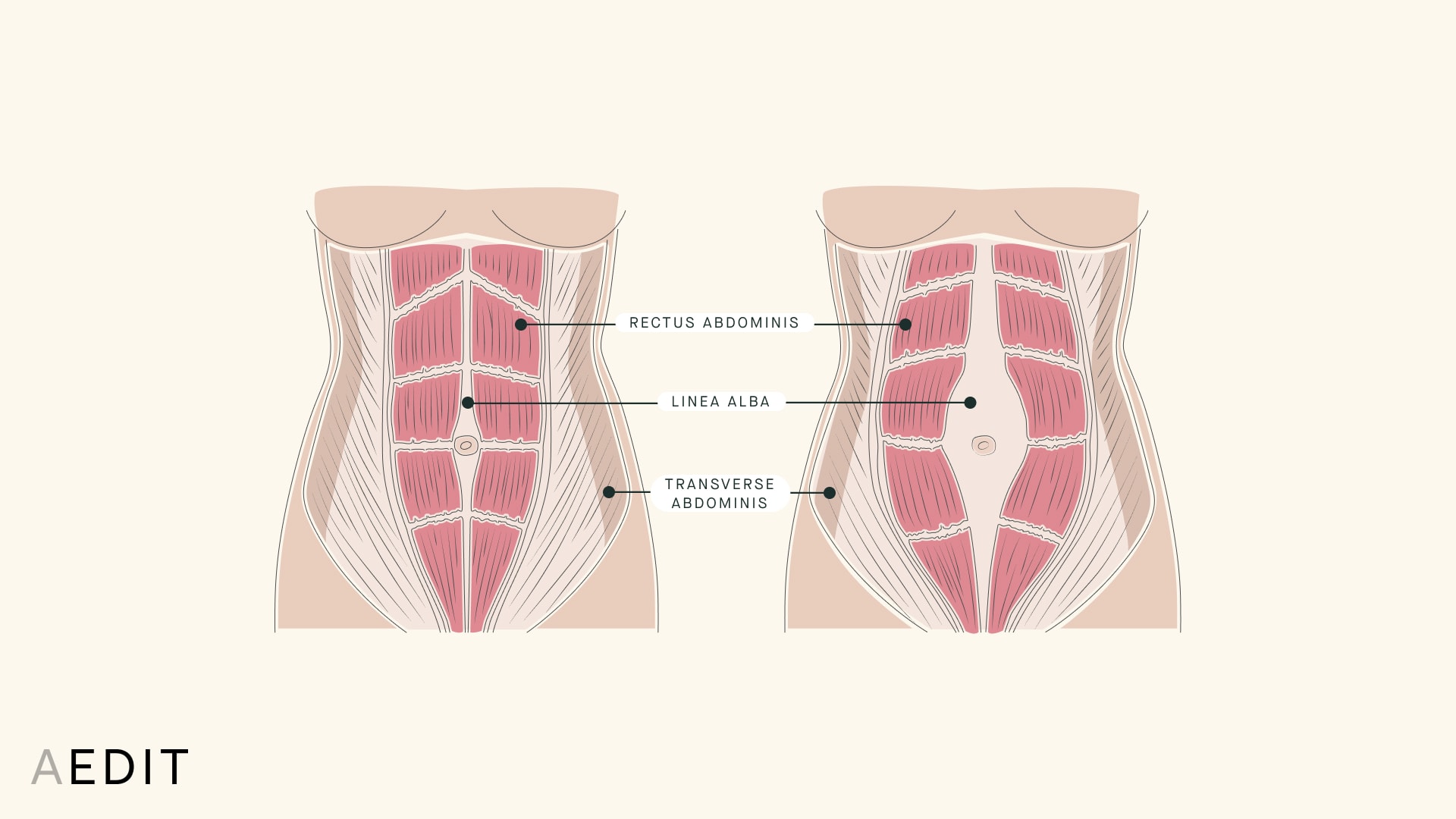Abdominal Contour
Do you want to do the laundry on your midsection (we’re talking about washboard abs here)? Regardless of your answer, a plastic surgeon can help.
Content Reviewed by AEDIT Medical Advisory Board
Our abdominal muscles get a lot of attention-mostly for their appearance. They’re pretty important from a medical perspective too. They hold in all of your abdominal organs, and a good abdominal examination and stethoscope to auscultate can diagnosis a myriad of medical illnesses. For most non medical people, however, the abdomen and it’s musculature are the source of a never ending quest for improvement. Oh, and don’t forget the belly button-that scar tissue is a reminder of why you’re even alive to worry about your body contouring. So what plastic surgery and cosmetic surgery options are available for the abdominal area? More on this below.
Six packs? Eight packs? Flab? The abs are a fixation for a lot of people. And we’ll get this out of the way now: it doesn’t matter how ripped your abs are if there’s a layer of body fat sitting over them-so crunch away, but eat right too if you want a six pack.
The abs are actually composed of multiple muscle groups both deep and superficial — we'll focus on the major ones. The rectus abdominis is the big collection of muscles in the middle that create the six pack. The internal and external obliques sit on each side of the rectus abdominis and can create the “V” appearance of the lower abs. The serratus anterior sits under the armpits and runs towards midline. The rectus abdominis muscles are connected by thick fibrous connective tissue (important for hernias and diastasis recti).
The Anatomy of the Abdominal Wall
Overlying the muscle tissue is the Scarpa’s fascia (subcutaneous tissue), then the fatty more superficial Camper’s fascia, and finally the skin. Each muscle layer is also wrapped in its own layer of fascia.
The umbilicus (belly button) is the remnant of your life force-where the placenta attached to you in the womb. There is fibrous tissue running behind the belly button connecting to the bladder. From a medical perspective, the umbilicus divides the abdomen into the right lower quadrant, right upper quadrant, left lower quadrant, and left upper quadrant. Belly buttons come in all shapes and sizes, and their appearance can change over the course of a lifetime.
Our culture is obsessed with our midsections. Having a defined and noticeable six pack is almost equivalent to sainthood. Anyone who wants to look ripped may consider an abdominal contouring procedure or repair. Men and women with undesirable belly button appearance from birth or due to weight changes or pregnancy may benefit from a belly button procedure.
When it comes to abdominal contouring, there are options people! A tummy tuck (Abdominoplasty), liposuction, and belly button surgery (umbilicoplasty) can enhance, refine, and fix any midsection issues. Most of these cause bruising, limitations on strenuous activity, need for a compression garment, and plenty of time for wound healing and the healing process.
You can also view our complete guide to abdominal slimming solutions.
You guessed it - liposuction! Options include Liposculpture, Ultrasound Assisted Liposuction, Tumescent Liposuction, Water Jet Assisted Liposuction, Power Assisted Liposuction, Laser Assisted Liposuction, Radiofrequency Assisted Liposuction, SmartLipo, and SlimLipo. Additionally injectables like Lipodissolve, laser treatments like BodyTite™, truSculpt®, Emsculpt®, and SculpSure, and fat freezers like CoolSculpting are solutions to treat excess fat. These are not a solution for weight loss. Medically necessitated weight loss can be addressed via a panniculectomy.
The Anatomy of Belly Fat
A diastasis recti repair is a surgical procedure to restore the abdominal wall appearance and integrity under general anesthesia. Women should consider the possibility of future pregnancies before pursuing this abdominal muscle correction.
The Anatomy of Diastasis Recti
For skin laxity that comes with weight loss or age, a tummy tuck surgery like an abdominoplasty or mini tummy tuck can improve the abdominal contour by correcting skin laxity.
Belly button surgery (a.k.a. umbilicoplasty) and/or a more involved tummy tuck can change the size, shape, and protrusion of the belly button to improve the lower abdomen appearance. Check out our complete guide to belly button correction solutions.



